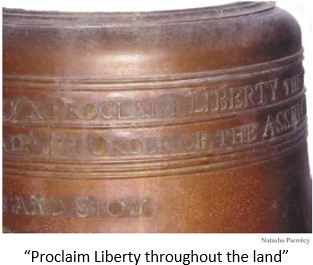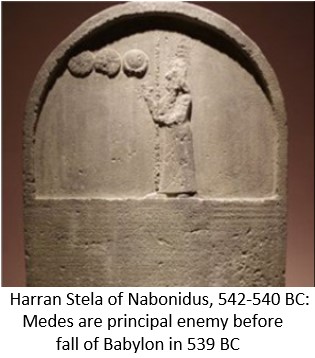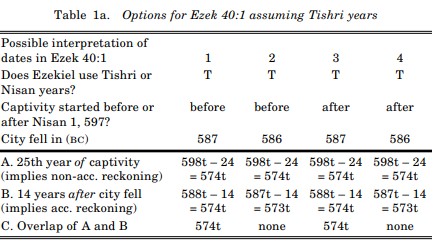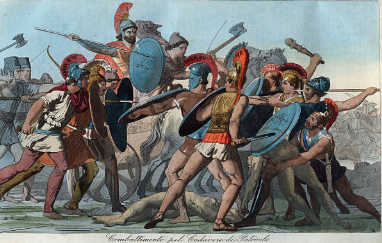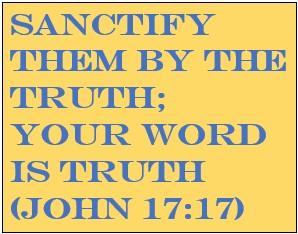The corrections to Thiele just indicated are consistent with the data given in the Bible. They are also consistent with the inductive approach that is foundational to the scientific method, as opposed to the presupposition-based approach of critics who come to the Bible from an anti-supernatural viewpoint--i.e. that the Bible is an entirely the work of man, and any divine operation is ruled out a priori. (A priori judgments like this, although common among Bible critics, are the antithesis of the scientific method and sound philosophical thinking.) It may come as a great surprise to many, especially those of an anti-supernatural bent, that the approach of conservative scholarship has given credence to the inerrancy of the Bible in all the details that are used to construct the chronology of the Hebrew kingdom period (there are at least 126 of them), so that Egyptologists and Assyriologists have accepted the chronology worked out by Thiele in order to refine the chronologies of their own fields.
In addition to adding to the work of Thiele (despite his failure for Hezekiah) and others who have helped establish the Bible's historical accuracy in the kingdom period, there is one other consequence of my work. By making the two corrections 1) and 3) listed above, an important and surprising consequence is that the Jubilee implied in the Hebrew text of Ezekiel 40:1 is in exact agreement with the cycle of Jubilee and Sabbatical years starting in 1406 BC. This becomes even more relevant when we are willing to accept, without prejudice beforehand, the remarks in the rabbinic literature of the Seder 'Olam, the Tosefta, and the two Talmuds, that Ezekiel's Jubilee was the seventeenth. The arithmetic is then exact, producing the same years for the Exodus (1446 BC) and the entry to the land (1406 BC) that can be derived from 1 Kings 6:1. The full impact of this has not yet been realized. Since virtually all critics, conservative and anti-supernatural alike, acknowledge that the only credible source for the legislation of the Sabbatical and Jubilee years comes from chapters 25-27 of Leviticus, this means that those chapters were in effect in 1406 BC.
The earliest papers (Solomon, Jerusalem, Samaria, Tables of Reign Lengths) establish the chronology of the Hebrew kingdom period, for which I am especially indebted to the work of Thiele and Leslie McFall. In agreement with Thiele and McFall, I accept that the southern kingdom, Judah, reckoned that the regnal years of its kings began in the month Tishri (the fall), while the northern kingdom, Israel, began theirs in Nisan (the spring). I also agree that both kingdoms sometimes considered the partial year in which the king came to the throne as his "year one," and sometimes they only counted the first full year as "year one," although in a few places I disagree with Thiele and McFall on exactly which convention was used at a given time. After establishing the chronology of the kingdom period, later papers develop various aspects of the significance of the Jubilee and Sabbatical cycles, plus other themes related to the chronology of the Bible. The article that has received the most attention from casual readers, judging by the number of views shown on my Academia.edu page, is the one on lunar and solar eclipses as related to the Bible.
Reader's Guide to my articles
Curse Tablet
who believe
the Trinity
A second table
(click here) lists articles in order of their date of publication.
Below that
(click here) is an explanation of my work that was requested by a friend, with an explanation of how I differ from Thiele in some places.
Some articles appear in more than one category. Categories are:
New Testament chronology (includes Herodian studies)
Chronology of the kingdom period
Establishing the year of the Exodus
Coucke studies
Jubilee and Sabbatical years
Daniel Studies
Proper metholodogy in chronological studies
Agreement of Biblical chronology with extra-biblical dates
Historical accuracy of Bible's chronology is because of its divine inspiration
Miscellaneous
A short description of my work A friend and colleague said it would be beneficial if I could spell out where my chronology of the Hebrew kingdom period differs from that of Edwin R. Thiele (1895-1986), the most quoted authority in this matter. There are three places where we differ.
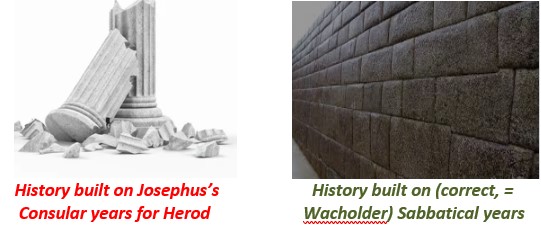
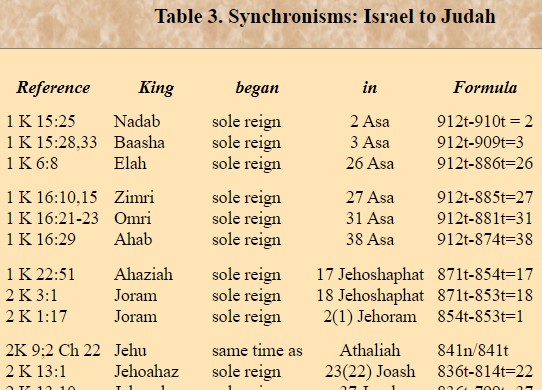
 Category: Establishing the year of the Exodus
Category: Establishing the year of the Exodus

